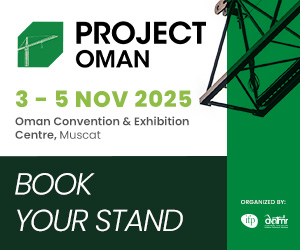Oil-rich Abu Dhabi began commercial operations at its new Khalifa Port in a multi-billion-dollar project to transfer its main container terminal from the 40-year-old port of Mina Zayed. The new facility, built on reclaimed land five kilometers (three miles) off the coast of the Gulf emirate, received its first ship from a commercial customer, the 366-metre (1,208-foot) MSC Bari.
The first phase of the project, now complete, has cost 26.6 billion dirhams ($7.2 billion), the Abu Dhabi Ports Company (ADPC) said in a statement released to coincide with the opening ceremony.
Khalifa Port, which is part of the Kizad industrial zone, now has a capacity of 2.5 million TEUs (containers) a year, with an additional 12 million tons of general cargo, including four million tons a year from the adjacent Emirates Aluminum (EMAL) berth which opened in late 2010.
Abu Dhabi, capital of the United Arab Emirates, is investing billions of dollars in infrastructure, real estate and tourism to diversify its economy. In shipping, the obvious challenge to its growth comes from Dubai, whose much larger Jebel Ali port is only about 40 km (25 miles) north along the coast.
Last December DP World, the world's third-largest port operator and owner of Jebel Ali, said it would invest $850 million over three years to boost the port's capacity by 4 million TEU to 19 million.
Both companies have dismissed suggestions that they could end up competing for market share. ADPC maintains that Khalifa is a destination port, unlike Jebel Ali which focuses on transhipments to other ports.
Within the UAE, Dubai has taken the lead in areas including aviation, tourism and trade but Abu Dhabi is gaining momentum in those industries on the back of its oil-based wealth. Abu Dhabi's Etihad Airways, launched in 2003, is competing aggressively with well-established Emirates in aviation.
Arab Times
2 September











































































